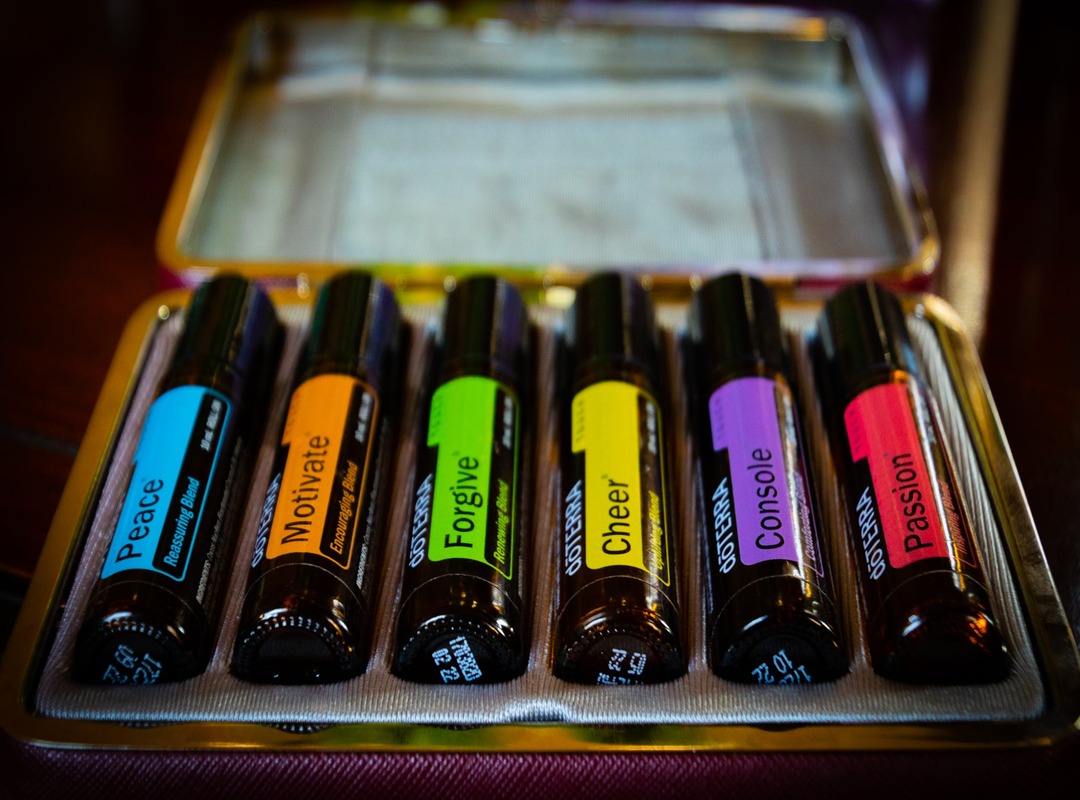How to Choose the Right Labelling Products for Your Business

Every business that deals with selling, mailing or storing products is in need of labels. This is even a law regulation. However, there are lots of different types of labels which are specially made for different purposes. The products must be labelled correctly otherwise businesses will be fined. Hence, every business manager needs to make the right decision about which type of labels to use because the right choice can cut the costs in half and decrease the labour time. Here is everything you need to know about your options for labels.
Table of Contents
Labels on Sheets
The labels on sheets are the ideal solution if you want to produce professional labels in your office. They are placed on an A4 sheet of paper and can be printed with a specific software they are suitable within any laser or inkjet printer or photocopier. You can find them in many colours, many shapes and adhesive types, you can even have the supplier custom make and design them for you if you have specific needs.
If you need to use them as standard or shipping labels, the best is to use the Matte White material or if you want to use them on bottles, jars containers, then, it is best to use the paper with a gloss finish as it will give them a classy and professional look. On the other hand, if you need them for warehouse purposes, then the fluorescent labels on sheets are the excellent choice. They will help the employees to allocate the boxes easily and find the wanted box quick and precisely.
Furthermore, for laboratories or other facilities where the products might come in contact with chemicals or the products themselves contain chemicals it is best to use waterproof labels. For that purpose, synthetic labels are an excellent choice. There are also clear synthetic labels that give the effect of “no label” feel on the products while remaining oil, water and tear resistant.
Finally, the labels on sheets are easily removable which makes them perfect for labelling products with a sensitive surface. If they are of high-quality products, they won’t leave any residue behind and won’t damage the product.
Integrated Labels
The integrated labels are labels that are fitted on sheets of standard printer paper. They are used so that the invoicing/packaging process can be integrated with the shipping process. They will save you lots of time and money as you won’t need to print the packing slip or invoice on one sheet and the address on another label – you can do that in just one print. Not only this will decrease the costs but also it will help eliminate errors and reduce the labour time.
The integrated labels should be used for e-commerce sellers, shops, factories and warehouses where you would need to send out products to the customers and provide them with invoices. Moreover, the integrated labels can be used for business applications as marketing labels, product return labels, barcode labels, medical forms with pharmacy labels and etc., where paper documents are required along with an adhesive label.
Shelf Labels and Tags
Supermarkets, clothes shops, and other department store facilities like liquor stores, newsagents, hardware stores, auto stores and chemists use shelf labels and tags for providing clear and concise descriptions and information about their products to customers.
Usually, these labels are from 80 gsm to 150 gsm (gsm – grammes per square metre) and you can find them in white and in any other colour you want. The tags can even be perforated and printed in a standard printer, A4 laser or inkjet printer or photocopier.
Thermal Labels
The thermal labels are the ideal solution if you need to print labels individually and on a regular basis with different general information on each of the label. Their main purposes are to be used as addresses, barcodes, product prices and descriptions. There are two types of thermal labels that can be used – Direct Thermal and Thermal transfer. There are significant differences between the two, especially in the method of printing and the purpose of using. Here a deeper look into the two types.
Direct Thermal Labels
The direct thermal labels don’t need a thermal ribbon to be printed. They can be printed in any thermal printer but are recommended for short term use. The reason for this is that is heat activated so they can darken over time especially if they are exposed to light or heat. Although they are durable, they won’t last over a year. Because of that, it is ideal to use them for small parcel delivery, in mailing, retail and food industries where the products are kept out of sunlight and heat.
A great thing about the direct thermal labels is that they are usually with permanent adhesive and can’t be easily removed which makes tampering impossible. This makes them a provider of a safe and secure way of labelling your products without having to fear that someone might remove them and replace the products or mix the products. They are also available in many different label sizes and colours,
Thermal Transfer Labels
As the name suggests, the thermal transfer labels require a thermal transfer ribbon in order to be printed. The ribbon is actually a wax carbon that transfers onto the label when the printer applies heat from the printer head. The labels are crispier and more hard-wearing than the direct thermal labels which makes them much more durable. Hence, they are excellent to use for printing information that needs to last for a long time.
They also have permanent adhesive making them impossible to be tampered with as removing the label will leave residue behind. This is one more proof that you can use them for boxes that must have their labels intact when delivered to longer destinations.
In conclusion, choosing the right labels for your business needs is not a task that should be overlooked. Picking the right type, colour and size mean helping your business save money rather than losing on unnecessary costs and labour time. So small, but so significant – so, pick the labels right.





